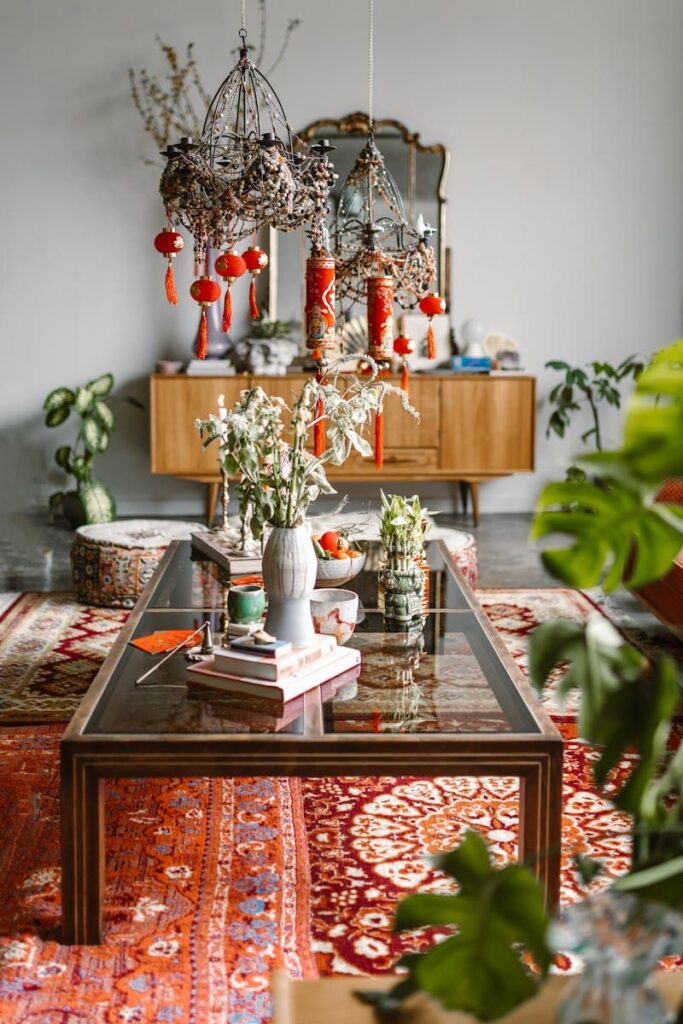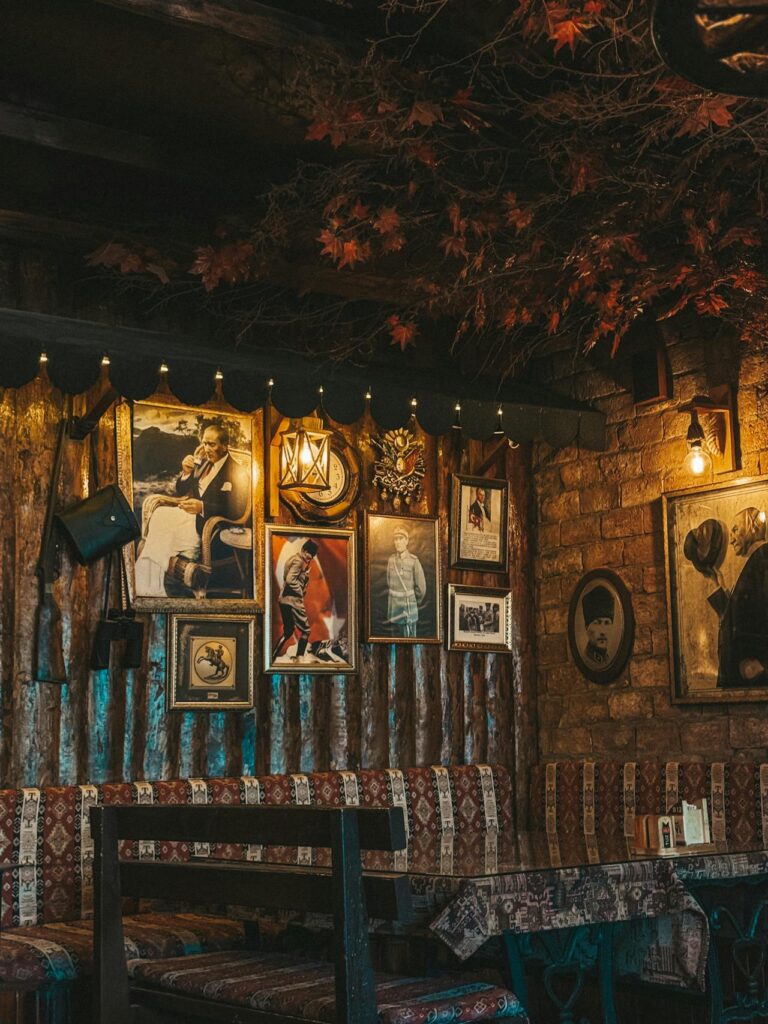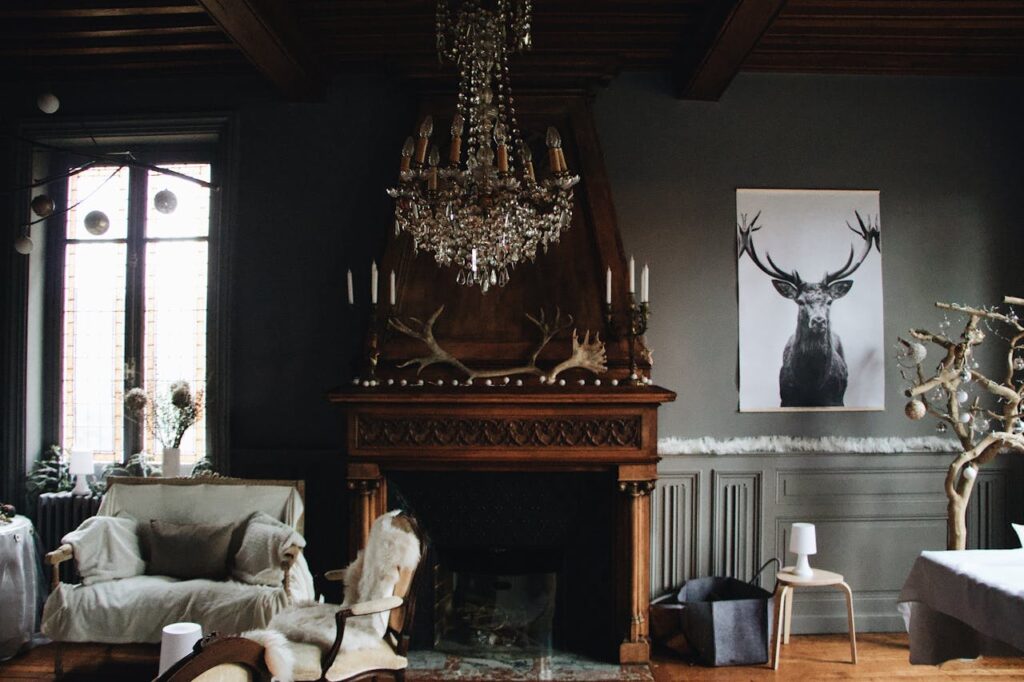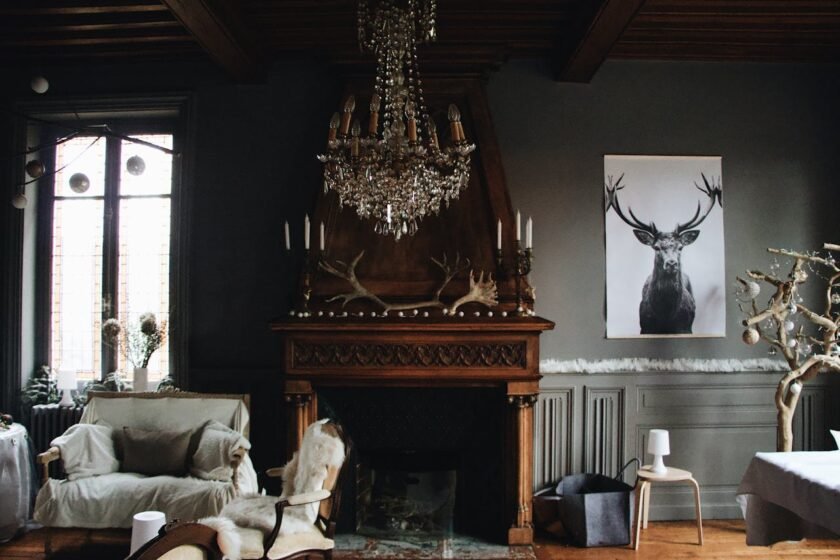Incorporating vintage and antique pieces into home decor can add charm, history, and character to a space. However, balancing old-world elegance with modern living requires careful curation.
While these pieces bring uniqueness, missteps in styling can make a room feel cluttered, outdated, or mismatched. Here’s what to avoid when decorating with vintage and antique pieces to create a space that feels timeless yet cohesive.
Avoiding Common Pitfalls in Vintage and Antique Decor

Overloading the Space with Too Many Vintage Elements
A home filled exclusively with antique furniture and decor can start to resemble a museum rather than a functional, stylish living space. Mixing old and new creates balance and ensures that vintage pieces stand out as focal points rather than getting lost in an overwhelming display. Instead of filling every corner with antique finds, select a few standout pieces that complement your space and pair them with modern elements for contrast.
Ignoring the Condition of Vintage Items
While patina and signs of age add charm to vintage furniture and decor, pieces that are excessively worn, damaged, or fragile may not hold up in daily life. Before incorporating antiques, check for structural integrity—wobbly chairs, peeling veneers, and fragile upholstery can detract from both aesthetics and functionality. When necessary, consider refinishing or reupholstering pieces to restore their beauty while maintaining their original character.
Creating an Unintentional Mismatched Look
Vintage styles vary widely across eras, from Victorian to mid-century modern, and mixing too many different styles can create a chaotic rather than curated look. If you love collecting antiques, try to establish a common thread—whether through color, material, or time period—to ensure a sense of harmony. A room filled with random antique finds without cohesion may feel disorganized rather than thoughtfully designed.
Finding the Right Balance with Vintage Decor

Avoiding Heavy and Bulky Pieces in Small Spaces
Many antique furniture pieces are larger and heavier than modern designs, which can overwhelm smaller spaces. A massive Victorian armoire or an ornate carved sofa might be stunning but could make a room feel cramped. When decorating with vintage, scale is key—opt for pieces that suit the size of your space and don’t obstruct flow. If you love large statement antiques, balance them with lighter modern elements to keep the room feeling open.
Neglecting Functionality in Favor of Aesthetics
While antique furniture may be beautiful, it may not always be the most practical choice for modern living. Old cabinets may lack efficient storage, vintage chairs might be uncomfortable, and delicate antiques may not withstand daily use. When incorporating vintage elements, consider their functionality—choose well-preserved pieces that fit seamlessly into your lifestyle while maintaining their historical charm.
Avoiding an Overly Themed or Dated Look
While vintage decor can add nostalgia and charm, an overly themed approach—such as an entire room dedicated to one era—may feel less like a home and more like a set piece. To keep vintage elements fresh, mix them with contemporary pieces. Pair an antique dining table with modern chairs, or use a vintage mirror alongside sleek lighting to blend old and new seamlessly.
Enhancing Vintage Decor for a Timeless Look

Ignoring the Importance of Placement
Where and how you place vintage pieces impacts how well they integrate into your space. A single antique dresser can add character when styled thoughtfully, but if placed in an awkward corner or surrounded by too many other statement pieces, it can lose its impact. Give antique finds room to breathe, allowing them to serve as focal points rather than blending into a cluttered arrangement.
Forgetting to Personalize the Space
A home filled with antique decor shouldn’t feel like a time capsule—it should reflect your personal style. To avoid a space that feels impersonal, mix in contemporary accessories, meaningful decor, and modern touches that make it feel lived-in. Vintage pieces should enhance the space rather than dictate it, creating a blend of history and individuality.
Not Considering Maintenance and Upkeep
Antique pieces often require more maintenance than their modern counterparts. Wood furniture may need occasional polishing, delicate upholstery might need extra care, and metal accents can tarnish over time. Be mindful of the upkeep required before committing to vintage items—choosing durable, well-maintained pieces will help ensure longevity and usability.
Final Thoughts
Decorating with vintage and antique pieces can elevate a space with depth, history, and character when done thoughtfully. By avoiding an overly cluttered or mismatched look, balancing old and new, and prioritizing functionality, you can create a home that feels timeless and inviting. Thoughtful placement and careful selection will ensure that vintage elements enhance your decor without overwhelming it.

